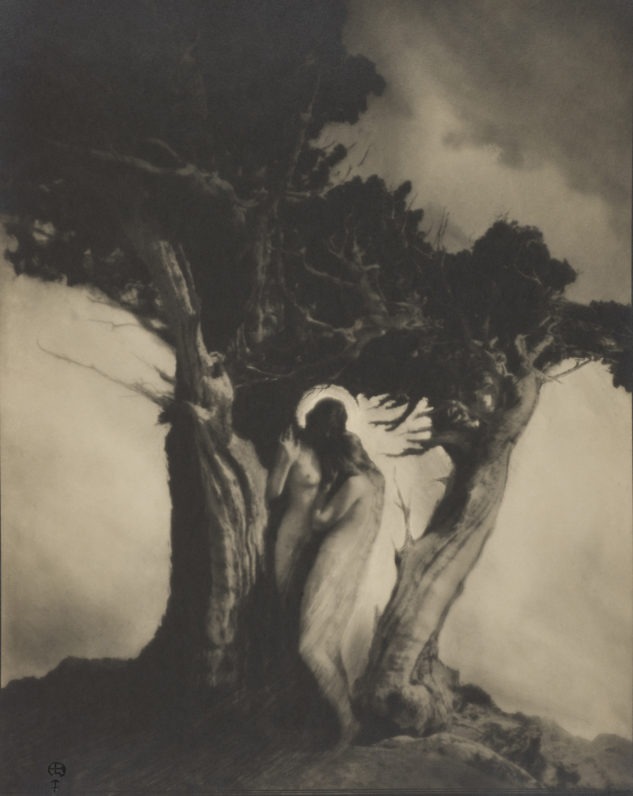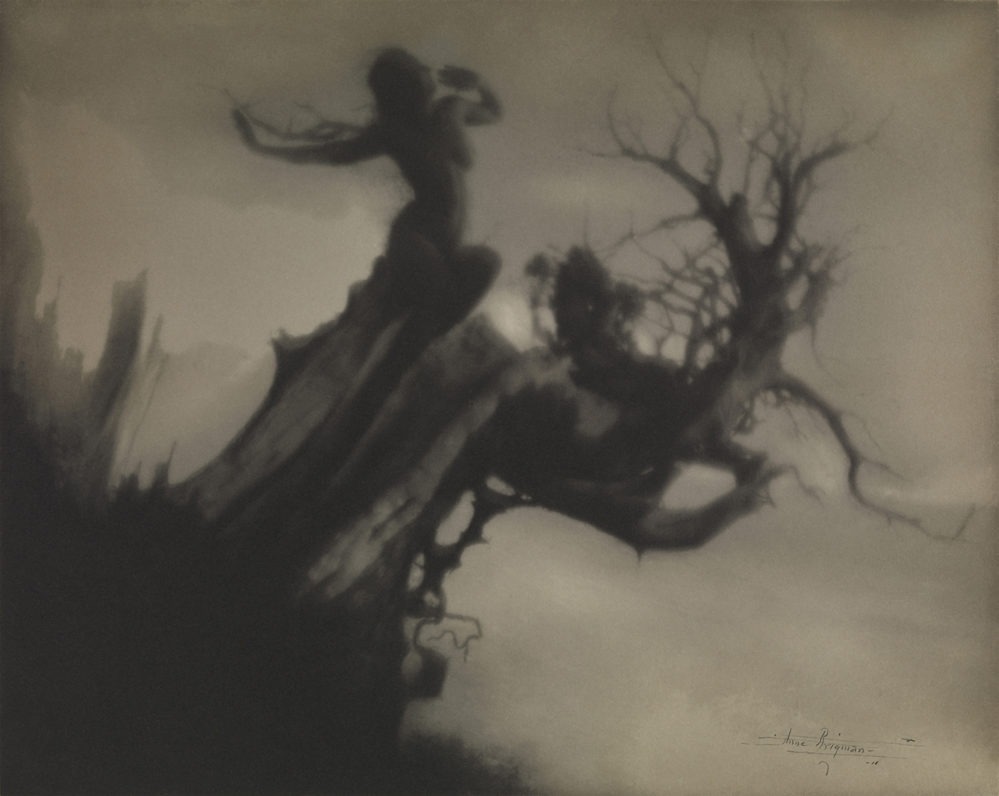Book Review #nyc Photographs by Jeff Mermelstein Reviewed by Blake Andrews #nyc is Jeff Mermelstein's multifarious, comic and heartbreaking survey of contemporary life as learned through overseen text messages.
 |
#nyc. By Jeff Mermelstein.
|
#nyc
Photographs by Jeff Mermelstein
Mack, London, England, 2020. In English. 160 pp., 5¾x7½".
Odds are that you are reading this review on your phone. Of course, the word “phone” is a bit of a misnomer — audio communication is just one minor facet of the tiny supercomputers we carry everywhere. Most information on a phone assumes a written form, and dialogue is more likely to occur in text than voice these days. Taken as a whole, the result is billions of messages flying around the world every moment. But, unless you are the NSA, these texts are typically private, invisible to the public eye.
For a traditional street photographer like Jeff Mermelstein this posed a dilemma. He’d spent over three decades documenting public life on the sidewalks of New York. But with an increasing slice of public interaction taking place on private screens, a large chunk of human behavior was inaccessible.
As often happens in street photography, his entry point into this new world was serendipitous. “In the midst of making pictures with my iPhone for [my book]
Hardened,” he told the NY Post, “I saw a woman on Eighth Avenue and 46th, an older woman, and she was sitting on the edge of one of those planters outside a cafe. And she was typing on her phone. I went and made a picture of her screen, and after looking at my picture, I saw what was on the screen: It was a Google search about wills, and it had something to do with $6,000 in the attic. It was fascinating, and that kind of opened up a door of awareness.”
Mermelstein didn’t fully realize it at the time, but he’d just taken the first of what would become a prolific series. Over the next two years, his attention gradually turned to phone screens. He captured these screens following the methods of traditional street photography, candidly on busy pedestrian thoroughfares, using (what else?) an iPhone. But the substance of his photos was far from traditional. It was a glimpse behind the curtain.
Mermelstein shared his favorites in realtime through Instagram. Eventually, they numbered more than 1,200, enough to form the basis for a book. The recent publication
#nyc (Mack, 2020) solidifies 160 of these ‘screenshots’ into physical form. The tidy book, not much larger than a full-sized iPhone, reproduces them as off-blue duotones, one per page.
 |
| #nyc. By Jeff Mermelstein. |
Most random text messages are rather mundane. But Mermelstein has a sixth sense for peculiarities, offbeat moments, and comic permutations, and it’s this highly selective curation —developed over decades of street shooting— which makes
#nyc work. Although the texts cover all subjects and interests, they tend to concentrate on raunchy sexuality and coarse language. To no one’s surprise, people reveal themselves quite openly in private conversation. One conversation compares the merits of young, beautiful dentists as “hotties with tartar scraping instruments”. Another describes a “nice pee at Starbucks” and a surprising password. A later message apologizes in passive-aggressive language for a trip to Shreveport with lying transsexuals. Question: What about “white people who desperately want to be cool and different.” Answer: “That’s strange…” Indeed, that response might apply to any screenshot from the book. Truth is stranger than fiction: the street photography mantra now extends to text messages.

While honest expression provides visual potency, it also carries a voyeuristic edge. The revelation of private fetishes, impolitic opinions, and the occasional deep family secret can be entertaining, as all tabloid journalists know. But Mermelstein’s photos have faced some backlash over ethical concerns. Mermelstein has addressed privacy concerns by cropping or blurring all identifying features; the conversion to duotone also aids the transformation from real conversation into an anonymous snippet. The blue wash “makes the photographs less about photography,” he told the Guardian.
Nevertheless, concerns linger, just as they have over street photography since its inception. The genre has always pushed the boundary between privacy and free expression, with no clear resolution.
#nyc dances right up to the line, and sometimes over it, and some will find it invasive or creepy. But for me, those concerns are outweighed by the value of honest candor. If the job of a photographer is to manifest latencies, Mermelstein is on task. #nyc is a window into a previously unpictured universe, one in which we all participate. Without his efforts it would remain hidden.
“Maybe it’s more fun to think about [
#nyc] as literature and how literature and photographic images can work,” says Mermelstein. With its back cover consisting of stream-of-consciousness text fragments, the finished product feels more like a book of poems or found fliers than photos. It might fit better on a bookshelf with Lunch Poems or Howl than Hardened. Ultimately #nyc is a meta-statement about our culture’s digital transformation. A book of phone screens, shot on a phone, shared originally on a phone — it’s a unique snapshot of contemporary life, rooted firmly in the late 2010s, and sure to take on a nostalgic edge as our digital tools evolve.
Purchase Book
Read More Book Reviews
 |
| #nyc. By Jeff Mermelstein. |
 |
| #nyc. By Jeff Mermelstein. |
 Blake Andrews is a photographer based in Eugene, OR. He writes about photography at blakeandrews.blogspot.com.
Blake Andrews is a photographer based in Eugene, OR. He writes about photography at blakeandrews.blogspot.com.
























































